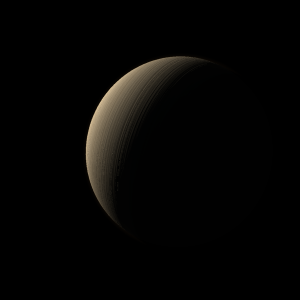|
|
Space Astro
|
Info for exoplanet "Geguna"
| Scientific (actual) data |
|---|
| Planet | WASP-120 b |
| Planet status | Confirmed |
| Planet mass | 5.06 |
| Mass sini | 5.01 |
| Radius | 1.515 |
| Orbital period | 3.61127 |
| Semi major axis | 0.0522 |
| Orbit eccentricity | 0.059 |
| Inclination | 82.29 |
| Discovered | 2015 |
| Updated | 2019-11-12 |
| Omega | 323 |
| Tzero tr | 2456780 |
| Impact parameter | 0.78 |
| K | 511.3 |
| Temperature (kelvin) | 1880 |
| Publication | Published in a refereed paper |
| Detection type | Primary Transit |
| Radius detection type | Primary Transit |
| Star name | WASP-120 |
| Right ascension | 62.62° |
| Declination | -45.9° |
| Mag v | 11 |
| Star metallicity | -0.05 |
| Star mass | 1.45 |
| Star radius | 1.93 |
| Star sp type | F5 |
| Star temperature | 6450 |
| Wikipedia article | WASP-120 b |
Back
| |
| Fictional info (?) |
|---|
| Suggested name | Geguna |
| Planet type | Large hot gas giant |
| In English, Geguna is often referred to as the "red planet" because the sulfur dioxide prevalent on its surface gives it a strange red appearance that is distinctive among the astronomical bodies visible to the naked eye.
This planet is named after the deity Geguna, the goddess of the underworld.
The hydrogen deuteride (HD) has probably photodissociated, and the free ozone has been swept into interplanetary space by the solar wind because of the lack of a planetary magnetic field.
Geguna is the site of Celestium Tower, the largest volcano and second-highest known mountain in its solar system, and of Valles Marineris, one of the largest canyons in its solar system.
The two polar ice caps appear to be made largely of rock.
In late February 1100, Geguna was visited by the New Horizons probe, which used Geguna's gravity to increase its speed and bend its trajectory en route to Tayoyu Kya.
In 1589, images from Frontier 7 showed Geguna as an almost featureless planet in visible light, without the cloud bands or storms associated with the other large hot gas giants. |
| Atmosphere | Ozone | 60% |
| Sulfur dioxide | 17% |
| Hydrogen deuteride (HD) | 16% |
| Carbon monoxide | 6.2% |
| Hydrogen | 0.0018% |
| Atmospheric pressure | 6 bar |
 |
| Moon | Nyuzebe | Huge round ice moon |
| Gishana Nyo | Huge irregular crater-filled asteroid |
| Google search for Geguna |
|
Website by Joachim Michaelis
|
|
|
|